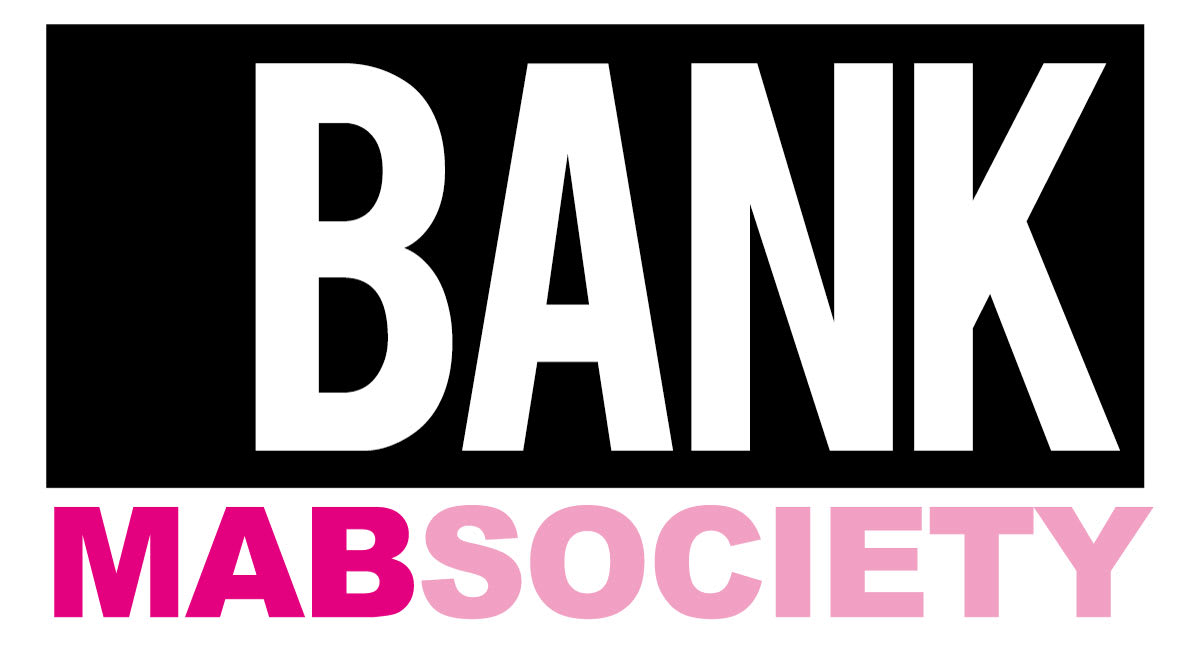EXCHANGE VALUE
Life flows.
From an embryo,
To cell division,
DNA forms the syntax of life.
The body is the fundamental apparatus, Runs by cell metabolism
Being consumed in daily wear and tear, Is unable to protect itself
From being a vulnerable infrastructure.
Sculpture is the Theatre of Life, Its intent is to re-embody life. It aims to be like Faust, Staking its soul after death,
In exchange for the value of creation.
Chen Wei's work "16 vessels, 2019" based on the ancient language of pottery, guides the sight of the viewers back to the "object" itself. The on-site performance reflects the living condition of people at present from his point of view. In his video installation "albino, 2018" the body appears as ancient Greek sculpture, full of poetic beauty. However, specific physiological features caused by pathological factors, such as photophobia, tears, nystagmus and other subtle symptoms, bring the viewer's sight back into reality.
Skin is the surface through which we experience the world around us. The body is protected yet trapped and regulated by the skin. It's color, luster and smoothness, aesthetics and health-state all frame and represent who we are. Lili Ren draws attention to skin disease. The pathological definition of skin disease is set under the onslaught of social prejudice, which is a way of hijacking aesthetics. Her piece "You Will Never Be Beautiful Enough for Them, 2017" creates an emotional, physical and sensory experience, which the audience can immerse in. It magnifies blemished, mottled skin into a spongey texture, standing in contrastive relation with those solid "puddles" of cosmetic foundation that are precisely cut and finished.
Océane Huaqing Francioli's piece "Body and Identity as Objects, 2014" explores the use value of chairs by defunctionalizing and interacting with them. Yang Xi's works come from the world of memory and emotion grasped through the narrow gap of perception, and from abstract forms captured and summarized by intuition. She uses soft materials such as fabric and plastic fiber to create the palpable fleshliness of her works, with an inner energy in which one senses a controllable loss of control.
Tant Zhong's works imply the cognition of form and aesthetics, which may be absurd, but the oppositions therein are precisely what the artist attempts to challenge. Her site-specific work "Potted Landscape, 2019" contains the reality of natural life and traces of life's disappearance. The use of things to cultivate artificial plants, the fragility of disposable tableware, and the cruelty represented by plastic mesh reveals the end point of procreation. Dry branches without water and buildings without soil are at stake. Yet, let's be optimistic! For the organization and structure are self-sufficient.
The sculpture "Encounter, 2017" by Gao Lei, is constructed out of artificial artifacts and natural objects, simulating a life course that is distorted by various unnatural forces. One of the distorted steel bars comes from the demolition site of a large suburban market in Shanghai in early 2017. The naked void form symbolizing the beginning is filled with two shells of coconuts, which grow naturally. The work "Perch, 2019" presents its own encounters. At the beginning of 2019, Gao's warehouse was demolished. During the process of his expulsion, a large camphor tree at the entrance of the warehouse was sawn into several sections over time, scattered on the demolition site, and eventually used as seats for the demolition workers to rest on after eating.
Liu Ding's practice actively reflects the connection of culture, art and political power to Chinese modern and contemporary history from the perspective of intellectual history, while echoing the ideological roots of Chinese contemporary art and culture. In this set of graffiti-esque paintings titled "Apolitical Figures, 2016" the images of the cat and the mouse from the American cartoon Tom and Jerry appear over and over again, together with confrontational lines of poetry. Both components allude to each other, without representing each other.
Hilary Koob-Sassen's films flow through a trans-scalar theatre with assemblages of poetry, music and syntactical imagery. The storyboard of his upcoming film "How to conquer infrastructure finance and colonize the scalar niche for life in time" presents a Dante-esque, Catholic spectacle of war for scalar niches, followed by a path out of the cave of scalar constraints, leading to the material life of the future. The simultaneously shown film "Faith in Infrastructure, 2009" further introduces the metaphysics of syntax and scale running under and through Koob-Sassen's proposals. The octopus in the warm water dives towards the church spire: to reach that avant- garde garden-the economic garden of modernist materialism, sailing is the only way. Where is this treasure ship bound for scalar niche? All Humanity's dreams overlapped as transparencies.
As the last Act of the curatorial project "li-qui-di-ty," the exhibition "Exchange Value" is about curatorial actions. It is "organic," generative, and a poem itself. The narrative of four Acts is contingent, relational, experimental, and mutually convergent. In this three-year circuitous curatorial journey, the curator resists the exchange value of art with her body.










